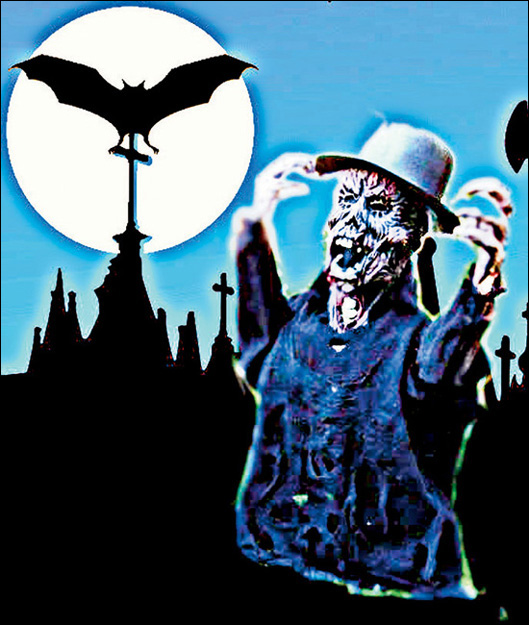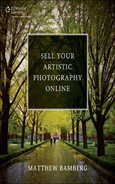14
Digital Art Defined
Digital art has been defined as any image that has been manipulated digitally, but who’s to say where to draw the line on image manipulation? Consider a photograph of a flower taken with a digital camera, after which the photographer saturates the color of the flower in Photoshop. You might think this is definitely digital art, but, funny enough, that is often debated.
Christiane Paul, curator of new media art at the Whitney Museum, defines digital art as “a general term for a range of artistic works and practices that use digital technology as an essential part of the creative and/or presentation process.” The keyword here is essential; leave that word out and nearly all of today’s digital photography could be defined as digital art. Figure 14.1 shows an example of digital art.
A good analogy for the digital photography/digital art relationship is one that existed over a century ago—the argument about whether a realistic painting copied from a photograph is considered original art. Today, you can probably conclude that it is, only because the change of mediums is substantial enough that when an image goes from one form to the other, it becomes an original piece of art.
A reasonable benchmark for defining digital art—to separate it from photography and “digital photography”—is the amount of manipulation you do to a photo. Most professionals don’t consider moderate tweaks in Photoshop or Elements to be the route to digital art. The keyword in the Paul definition, again, is essential. The first two options—sharpening an image and using a filter on it—really aren’t an essential part of the work. Much of the time, digital art originates from the computer beginning with a blank canvas. If a photo is added to this work and it’s not an essential part of the work, the work is not digital art.
Whether it’s creating mystical unicorns on distant planets or a model city in a video game, digital art is big business. Digital art sells well in the fine art photography market if it’s done with expertise, but it takes a lot of practice. Check out the following website for excellent tutorials dealing with building an image without a photograph: http://psd.tutsplus.com/sessions/digital-art-for-beginners/.
Figure 14.1 Digital art is usually created from a blank canvas, as shown in this Halloween image.

©Matthew Bamberg
